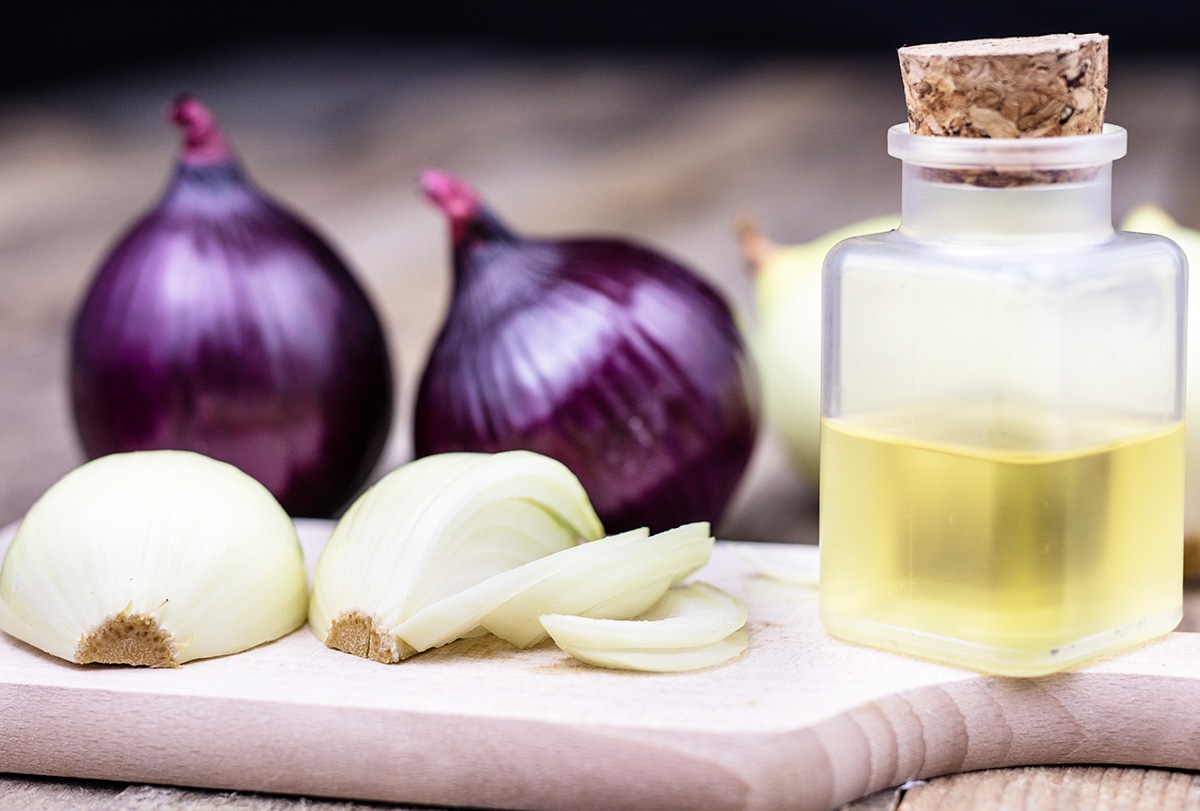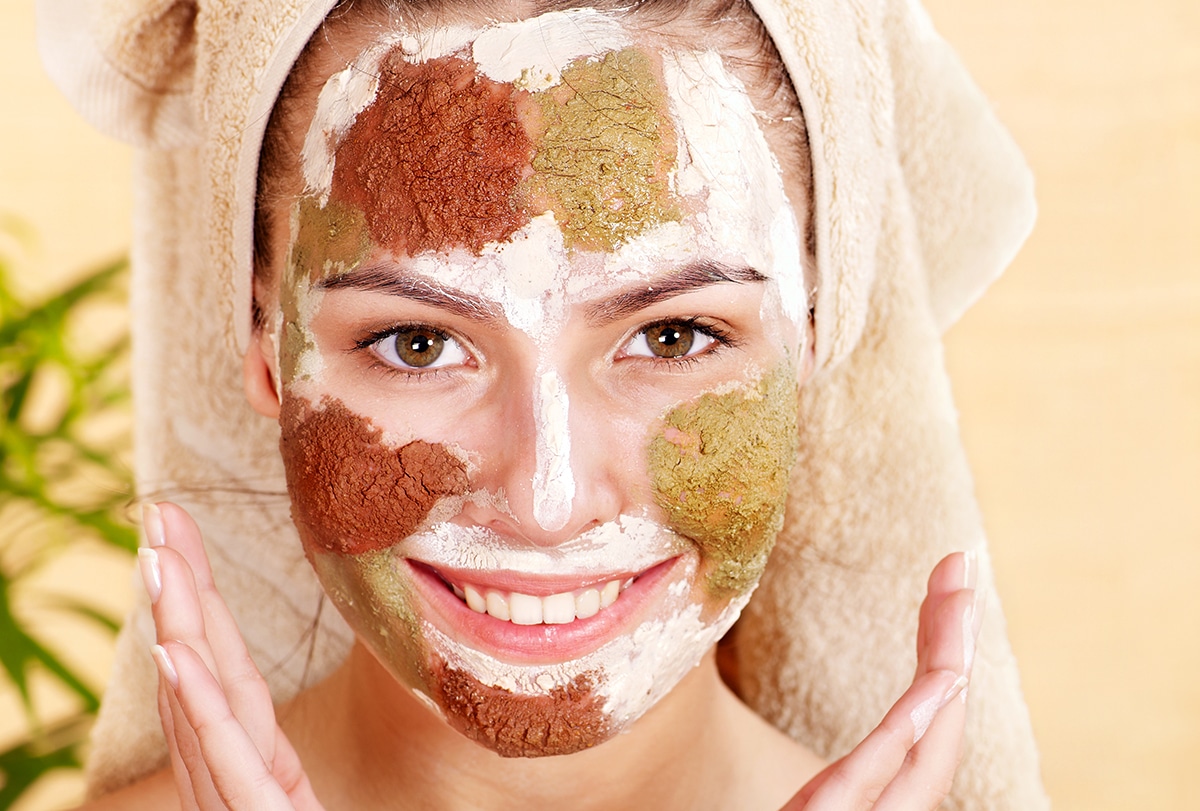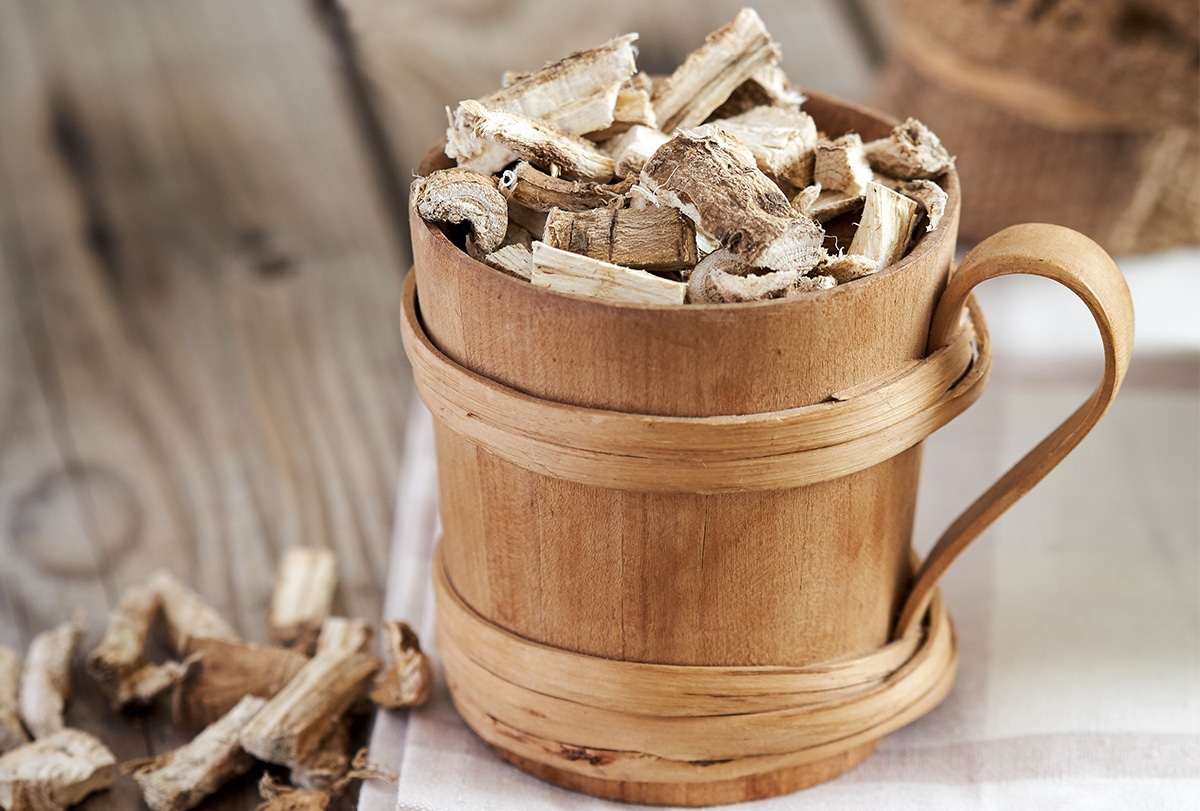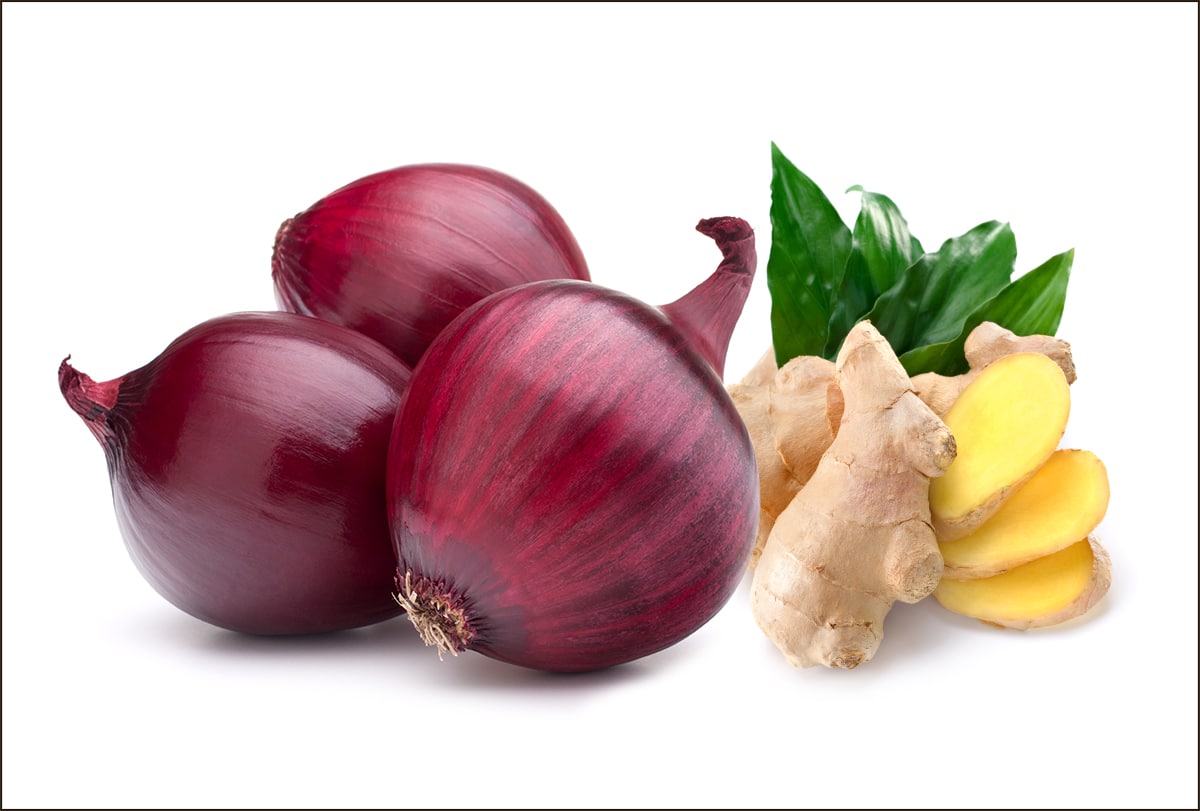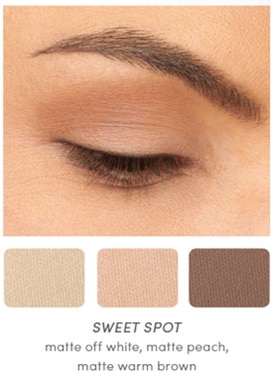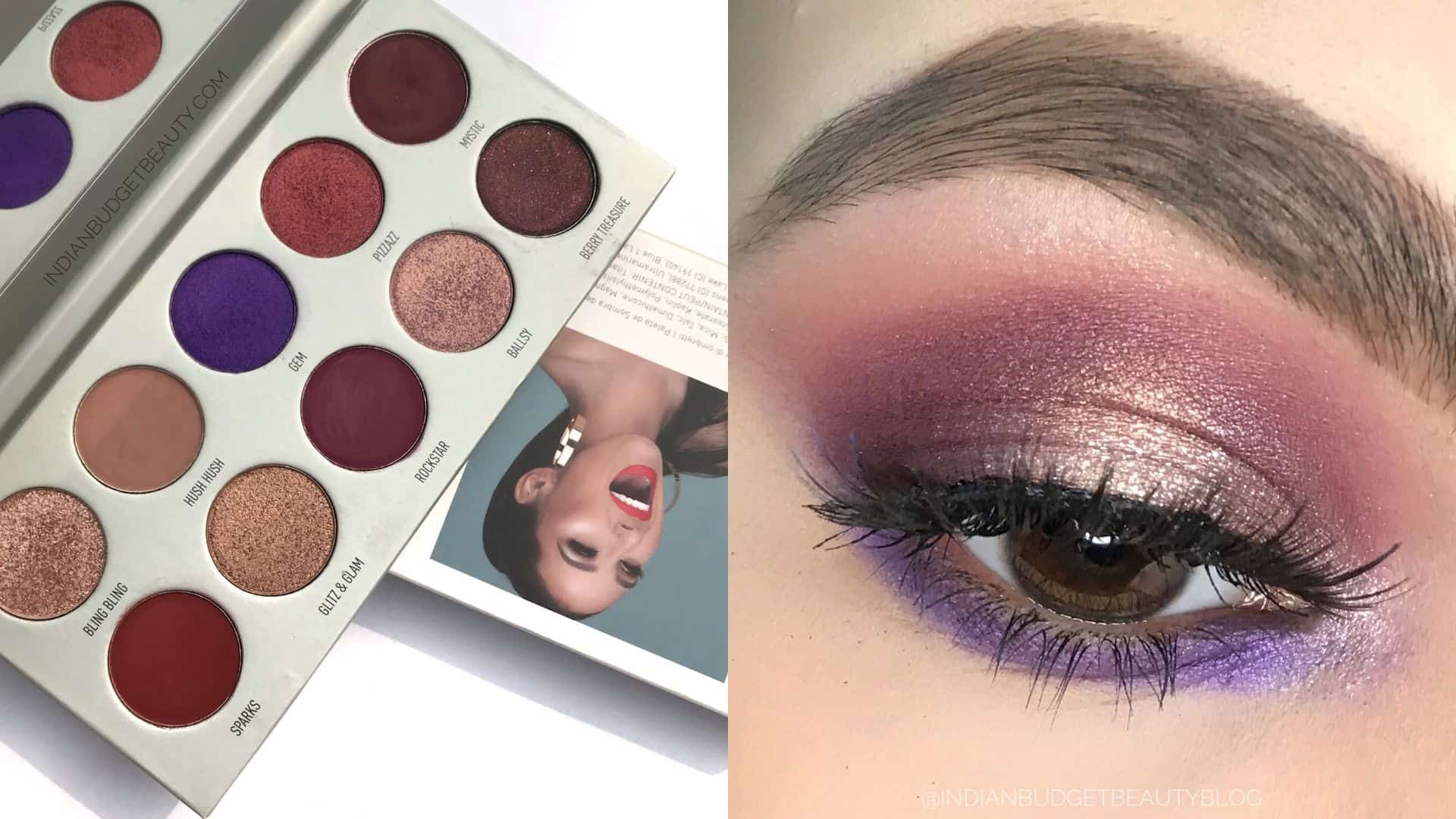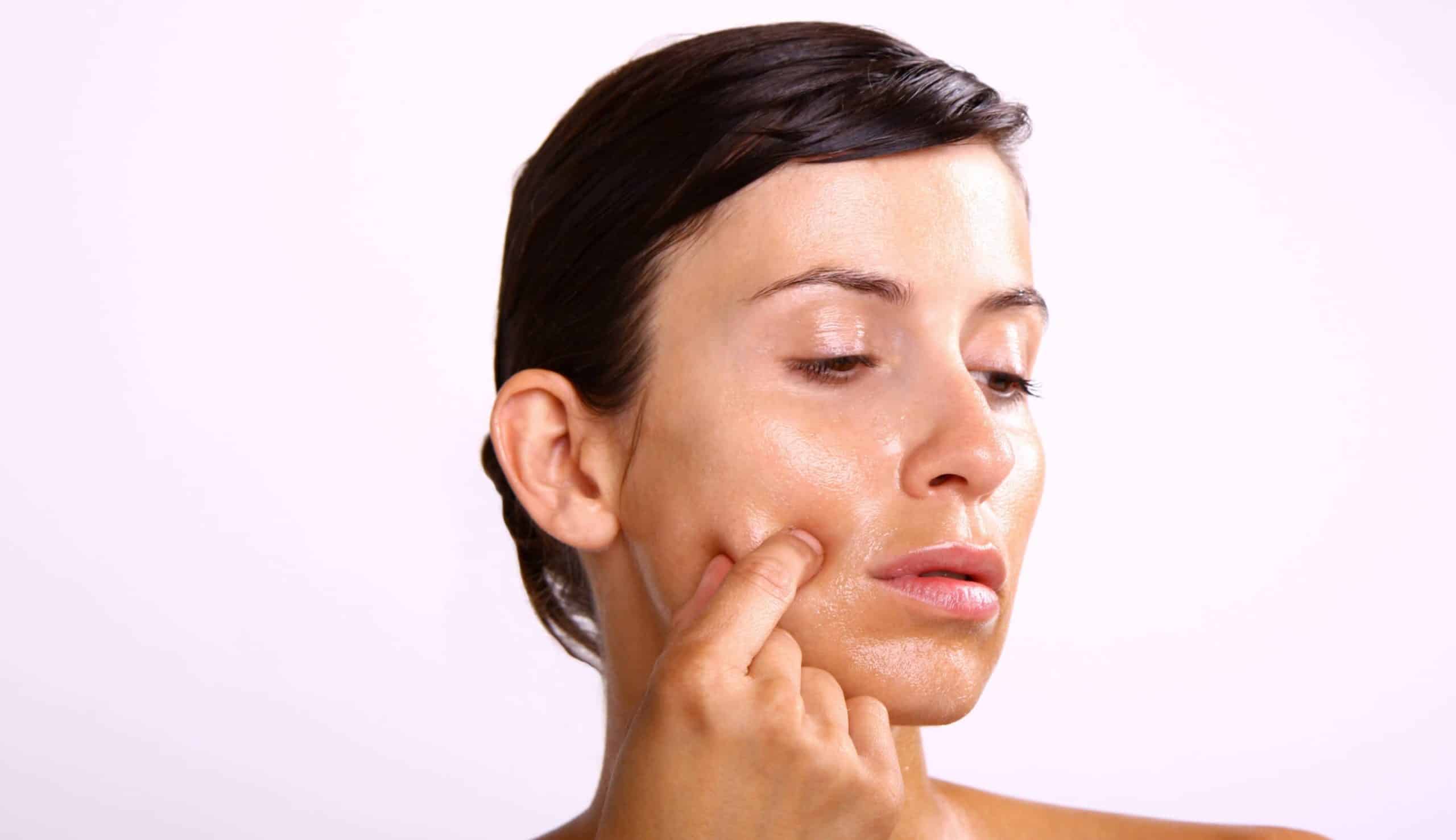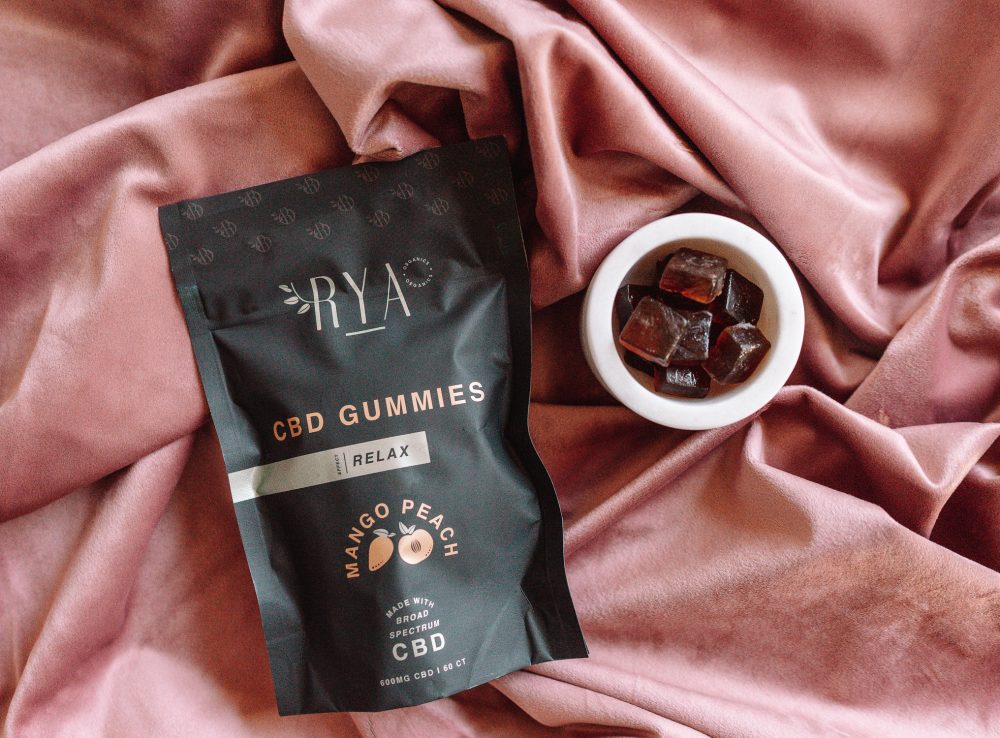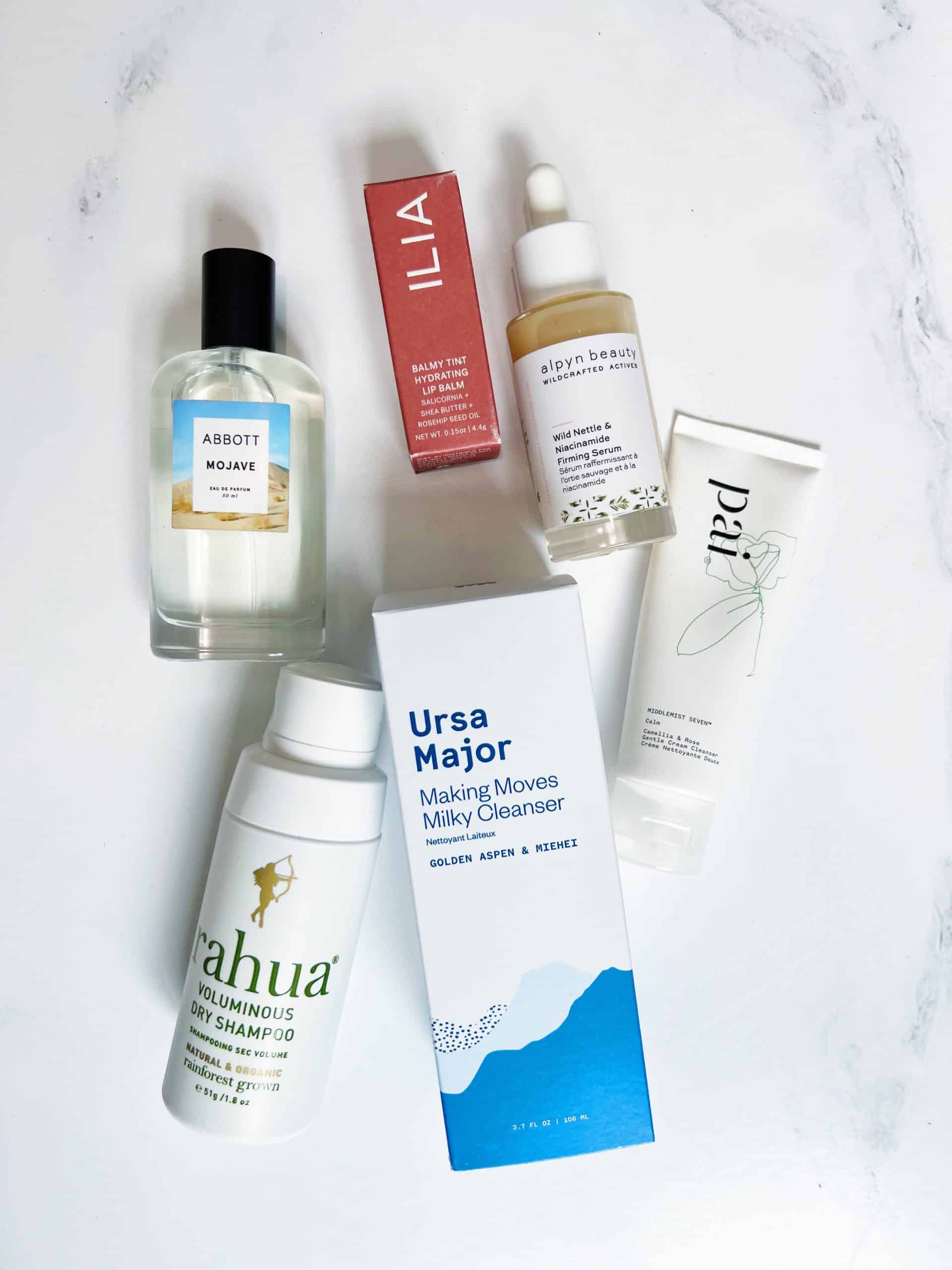If you have a small pointed piece of torn skin hanging loose or sticking out of the edges of your nail, you likely have a hangnail. This condition is quite common, recurrent, and painful. (1)
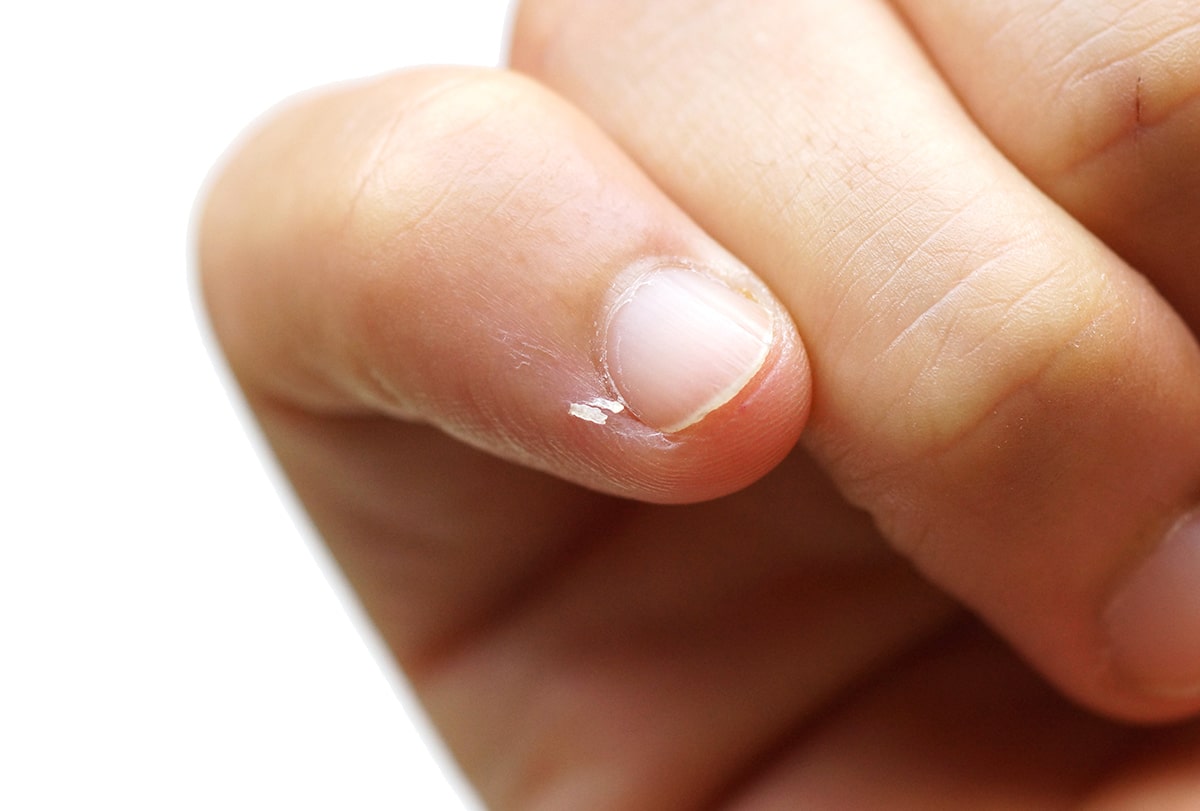
If not treated properly, your nail could get infected and become weak enough to come off the skin. This article will discuss some useful tips and remedies to treat this condition at home.
Home Remedies to Treat Hangnails
Here are a few natural remedies that can help heal hangnails.
1. Apply some glycerine
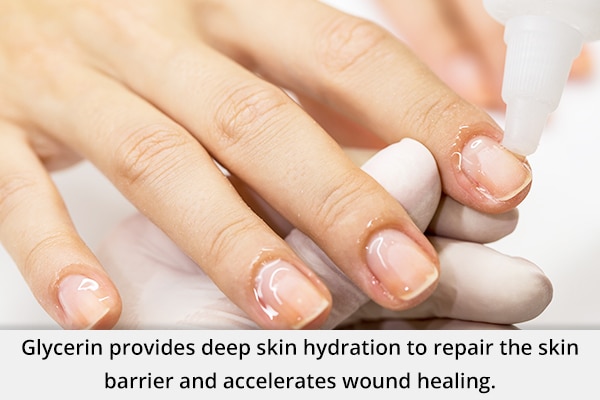
The main component of glycerine is a trihydroxy alcohol called glycerol, which is widely used in a variety of skin and hair products. It provides deep skin hydration to repair the skin barrier and accelerates wound healing. (2)
Thus, using this topical remedy regularly can help treat your hangnails.
How to use:
- You can buy glycerin-based hand lotions or use basic glycerin at home.
- Don’t apply glycerine directly to the cuticle. Mix 3–4 drops of glycerine with a few drops of water.
- Apply generous amounts to your nails and cuticles, especially after you wash your hands or take a bath.
2. Try using plant oils
Hangnails are more common during winters due to the dry weather, which also makes your hands dry. In such a case, lightly massaging the torn cuticles with a warm oil can help reduce the pain, swelling, and redness at the site. (3)
Plant oils possess anti-inflammatory properties that help relieve these symptoms. Plus, they help repair the skin barrier by lubricating the site. (4)
However, plant oils are extremely potent and can irritate or damage the skin further if used alone. What you need to do is mix a few drops of these oils in a carrier oil to dilute their consistency and harshness.
Plant oils such as avocado oil, olive oil, coconut oil, rosehip oil, almond oil, lavender oil, German chamomile oil, and shea butter work great for this remedy.
How to use:
- Make a mixture of olive oil and almond oil.
- Add a total of 25 drops of the various skin-healing essential oils mentioned above or the ones available to you.
- Break open a vitamin E capsule into the mixture. It helps repair and moisturize the skin while also relieving the underlying inflammation.(5)
- Gently massage the mixture all over the affected area for an hour and then wash it off. You can also do this before your bath.
- Store the extra mixture in a bottle and use it every day.
3. Use honey, aloe vera gel, and turmeric powder
Honey, aloe vera gel, and turmeric powder are all wound-healing agents. Thus, this remedy can help speed up skin repair while also fighting infection-causing microbes. (6)
Plus, aloe and honey are deeply hydrating and can help lubricate and soothe the skin.
How to use:
- Mix 1 teaspoon of freshly extracted aloe vera gel with a little bit of turmeric powder and honey.
- Apply this mixture to the affected area.
- Let it sit for at least 30 minutes and then gently rinse it off.
- Do this daily until the wound heals.
Note: Simply applying fresh aloe vera gel to the hangnails regularly can help the skin heal faster and better.
4. Dab on some petroleum jelly
There are plenty of hand creams available on the market, but none of them offer the intensive hydration that petroleum jelly does. In fact, it is a must-have during the winter season and for those who work with water.
Another plus point is petroleum jelly is way cheaper than most commercial hand creams.
This thick lubricant also forms a protective layer over the exposed cuticle skin to block out germs and irritants. Thus, applying petroleum jelly all over the torn cuticles can help speed up their repair while protecting them from further injury or infection. (7)
How to use:
Gently massage a little petroleum jelly into the cuticles, two times a day until the skin heals.
5. Apply beeswax
Beeswax exhibits antimicrobial properties when used alone or with other natural ingredients, and there is enough scientific evidence to support this claim. Thus, it will help protect the skin from infections by killing any germs at the site.
Plus, its thick, viscous, and sticky texture will cover the exposed skin to ward off external irritants and infectious microbes. (8)
Other ingredients used in this remedy are coconut oil, almond oil, and honey, all of which help lubricate the skin and promote healing.
How to use:
- Pour 2 teaspoons of coconut oil and almond oil, 3 teaspoons of honey, and 3 tablespoons of beeswax into a bowl.
- Heat the bowl in a microwave or double boiler until all the ingredients melt and blend.
- Mix in a few drops of essential oils such as tea tree, peppermint, lavender, or plantain essential oil for extra healing and soothing effects.
- Gently massage this mixture on your nails and cuticles at bedtime and leave it overnight. You can even wear gloves to avoid spillage during sleep.
- Do this daily until the wound heals. If you are up to it, you can make this remedy part of your regular nighttime skin care.
What Causes Hangnails?
The skin surrounding your nail plate is slightly elevated but still attached to the skin base. This raised skin can easily get pulled from the base if it gets caught in something.
This trauma injury will be followed by inflammation and pain at the site. (3) If you have dry hands, the skin will be less elastic and soft and, therefore, stick out of the corners of the nail. Thus, physical trauma and skin dryness are the main culprits behind hangnails.
Some of the things that can make you develop multiple hangnails on different fingers of one or both hands include the following:
How Can Hangnails Be Prevented?
Here are some dos and don’ts to protect your hangnails from further damage, prevent infection, and promote skin healing:
- Don’t pluck out the hangnail with your teeth or fingers as it can rupture the surrounding skin and cause severe injury. Instead, use a pair of sharp and sanitized scissors or clippers to smoothly cut off the hangnail, leaving behind no jagged edges and causing no skin damage. This is the first-line treatment for hangnails. (1)
- Don’t touch the hangnail with unwashed hands as your fingers carry a lot of grime and germs that can infect the wound.
- Moisturize your cuticles several times throughout the day with a suitable hand lotion or cream.
- Always wear gloves when using hard water or harsh detergents.
- Another useful method is to use surgical glue to stick the torn-out portion of the skin to the nail fold so that it does not tear further. As the skin heals, this jagged portion will dry out and eventually detach from the healthy skin to fall off automatically. This intervention yielded good results for many patients. (9)
Difference Between Hangnails and Ingrown Nails
Hangnails refer to pointed slivers of skin that stick out of the edges of the nail plate, whereas ingrown nails occur when the nail grows inward, piercing the surrounding flesh and causing a lot of pain.
Hangnails usually affect the fingertips, whereas ingrown nails mostly affect the big toe.
Complications Associated With Hangnails
If the hangnail gets stripped from the skin, the area around the nail will hurt and become inflamed. You may notice swelling and redness at the site.
The removal of the protective outer layer of the skin will make the exposed site more susceptible to infections. The most obvious sign of infection is pus formation.
There are many different types of infections associated with hangnails that may affect different parts of the nail. (10) A severe infection can destroy the foundation of your nail and make it fall out. In some cases, the infection may even spread to your fingertips.
When to See a Doctor
You need to see a doctor if your hangnail becomes infected. The sooner you treat the infection, the lesser will be the nail damage.
Some of the signs that your hangnail has become infected and requires prompt medical attention are:
- If the nail cuticle becomes too painful, red, tender, and swollen
- If the nail cuticle starts to ooze out pus or fluid
If the infection spreads too deeply, you may need surgical intervention to drain the pus or remove the damaged nail.
Can We Use Epsom Salt to Treat Hangnails?
Several articles vouch for the soothing effect of soaking your hangnails in a solution of Epsom salt mixed with warm water. Epsom salt exhibits significant anti-inflammatory properties. Plus the gentle heat helps stimulate blood circulation in the area to relieve inflammation.
However, the salt can be a little harsh and make your skin tingle. It’s best to consult your doctor before trying this remedy.
Final Word
Hangnails can be quite painful and discomforting, which can make it difficult to use the affected hand. You also run the risk of further damaging or contaminating the torn cuticle while handling your daily tasks.
So, you have to be extra careful to protect the wound from injury, irritants, and infection. In fact, the ideal strategy is to incorporate proper nail and hand care in your daily regimen so as to prevent hangnails altogether. If you develop the problem, follow the above-given tips and interventions to facilitate quick healing.
If you notice any sign of infection, refer to your doctor immediately for proper treatment. And even after the hangnail heals, you must continue looking after your hands to prevent a recurrence.


